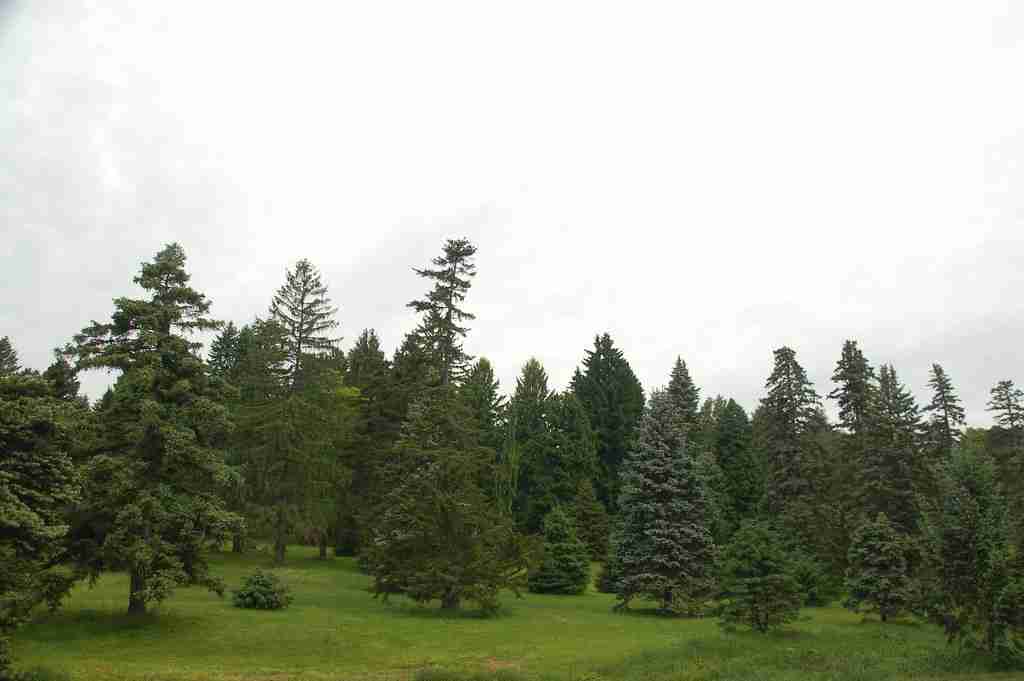24 Fun Facts About Pine Trees | Nature’s Marvels
1. Pine trees are evergreen, keeping needles year-round.
Pine trees are evergreen, which means they do not shed their needles seasonally like deciduous trees.
This feature allows them to retain their green foliage year-round, adding a touch of color to landscapes during the colder months.
2. They are coniferous and in the Pinaceae family.
Pine trees fall under the Pinaceae family, a diverse and widespread group of conifers.
Within this family, you’ll find a variety of species with distinct characteristics, from the towering Eastern White Pine to the resilient Scots Pine.
3. Some pines live over 1,000 years.
Pine trees are renowned for their longevity, with some individuals surpassing the millennium mark.
These ancient trees have witnessed centuries of history and environmental changes.
4. Pinecones come in diverse shapes and sizes.
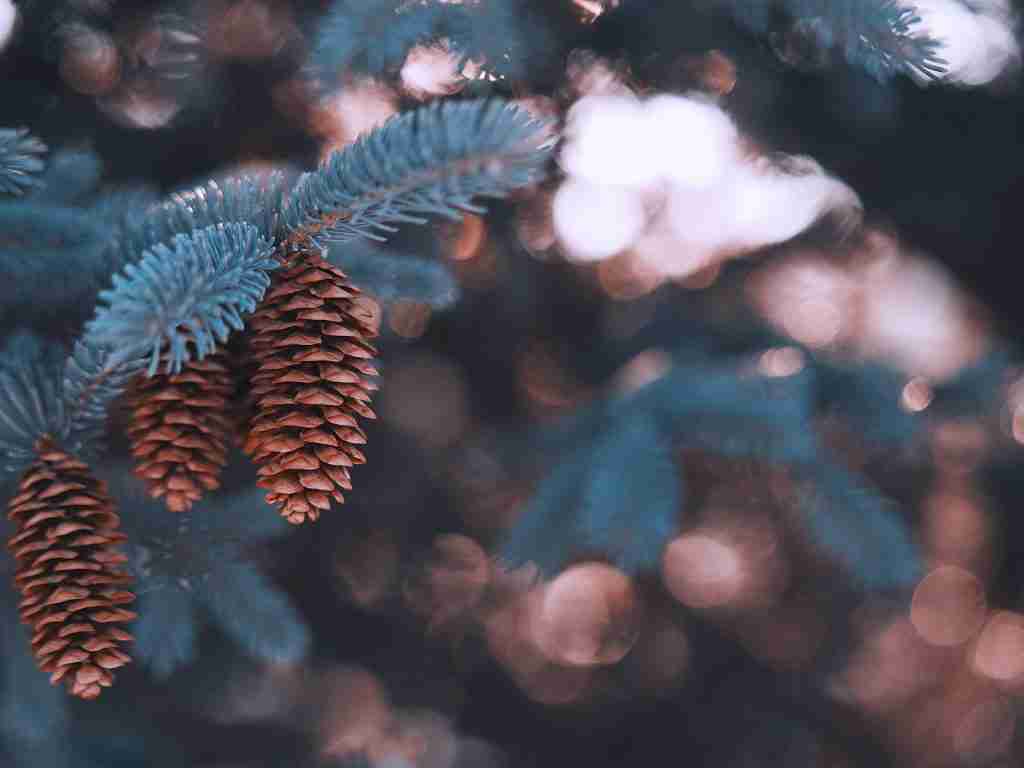


Pinecones serve as the reproductive structures of pine trees, coming in various shapes and sizes.
These cones contain seeds that ensure the next generation of pine trees.
5. Over 120 pine tree species exist.
Pine trees are a diverse bunch, with over 120 different species found across the globe.
Each species possesses unique characteristics, from the long needles of the Longleaf Pine to the compact cones of the Lodgepole Pine.
6. Pine trees yield fragrant essential oils.
Pine trees yield essential oils, such as pine oil, which are known for their refreshing scent.
These oils have been used in perfumes, aromatherapy, and traditional medicine for their fresh and energizing aroma.
7. Longleaf pines can have 18-inch needles.
The Longleaf Pine stands out with its exceptionally long needles, which can reach up to 18 inches in length.
These long needles are a distinctive feature, making the Longleaf Pine easily recognizable in its native southeastern United States habitat.
8. Needles cluster in bundles called fascicles.
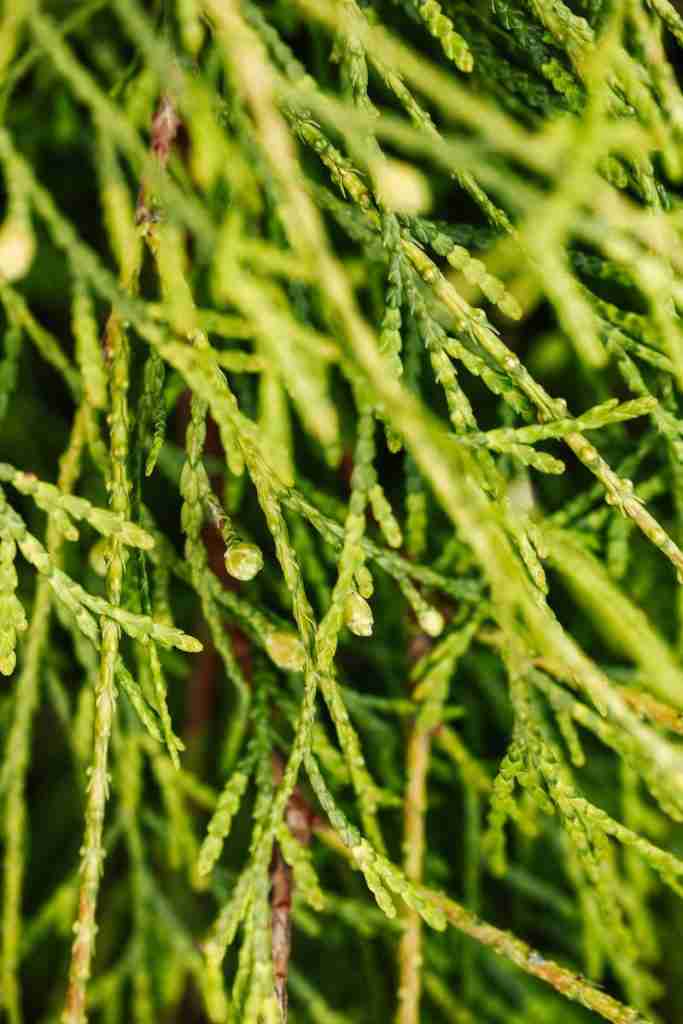
Pine tree needles are organized into bundles called fascicles, with the number of needles in each bundle varying depending on the species.
Some pine trees, like the Eastern White Pine, have bundles of five needles, while others, such as the Ponderosa Pine, have bundles of three.
9. Ponderosa pine bark has a puzzle-like pattern.
The Ponderosa Pine is renowned for its distinctive bark, which has a puzzle-like pattern.
This visually striking bark adds to the tree’s aesthetic appeal and makes it easily distinguishable from other pine species.
10. Pines grow on every continent except Antarctica.
Pine trees are adaptable and can thrive in a wide range of climates.
They are found on every continent except Antarctica, showcasing their ability to conquer various environmental challenges.
11. Pines prevent soil erosion with deep roots, which is one of the fun facts about Pine Trees.
Pine trees play a crucial role in preventing soil erosion due to their deep root systems.
Their extensive root networks anchor the soil, reducing the risk of erosion, which can be particularly important in hilly or mountainous regions.
12. Pine nuts are popular in many dishes.
Pine nuts, harvested from certain pinecones, are a popular culinary ingredient.
These small, nutritious seeds are used in a variety of dishes, from pesto to salads, adding a distinct nutty flavor.
13. Pine trees support various wildlife.
Pine trees provide habitat and food for a wide array of wildlife.
Squirrels often use them as nesting sites and cache their food in the branches, while various birds, like crossbills and woodpeckers, feed on pine seeds.
14. Pine resin is used for waterproofing and adhesives.
Pine resin, also known as pitch, has been used for centuries in various practical applications.
It’s known for its waterproofing properties, making it a valuable resource for sealing and preserving objects.
15. Pine wood is strong and durable in construction.
Pine wood is prized in construction for its strength and durability.
It is commonly used in a wide range of building applications, from framing to flooring.
16. Pine rings reveal climate and growth data.
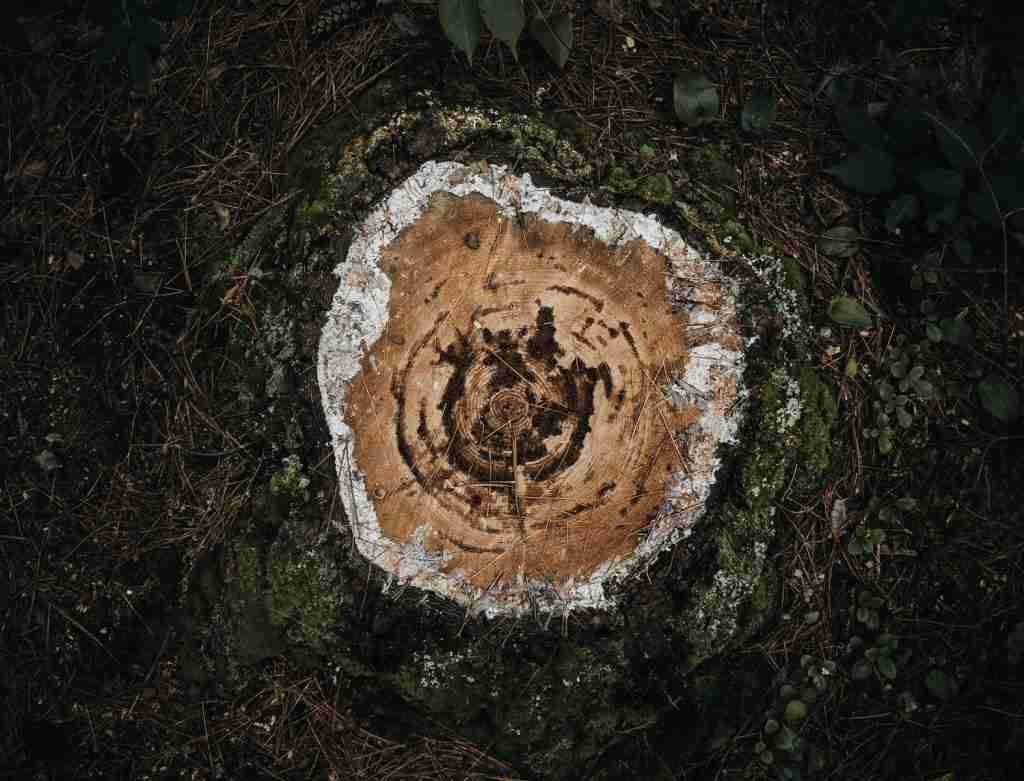
The rings in pine trees’ trunks can provide valuable insights into climate data and forest growth patterns.
Each ring represents a year of the tree’s life, and the width of the rings can indicate environmental conditions, such as wet or dry years.
17. Pine needles are rich in vitamin C.
Pine needles are rich in vitamin C, a nutrient essential for human health.
Early explorers and travelers turned to pine needle tea to prevent scurvy; a disease caused by vitamin C deficiency.
18. Pine species are common Christmas trees.
Many pine tree species, such as the Scots Pine and Eastern White Pine, are chosen as Christmas trees.
Their conical shape and evergreen foliage make them a popular choice for holiday decorations around the world.
19. Pine forests have a fresh, distinctive scent.
Pine forests emit a characteristic scent often associated with the great outdoors.
The fresh, invigorating aroma of pine trees is a welcome sensory experience for those exploring the natural world.
20. Some pines are used for bonsai.
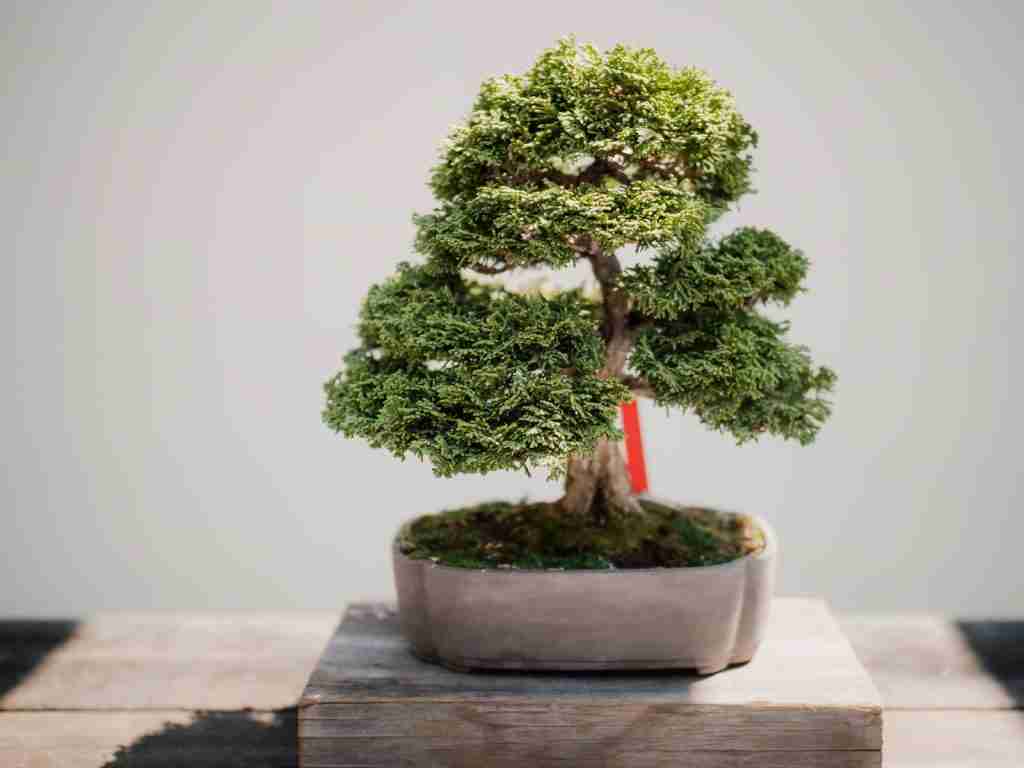
Certain pine tree species are favored for bonsai cultivation due to their adaptability to being pruned and shaped.
Bonsai enthusiasts appreciate the intricate and miniature versions of pine trees, which mimic the grandeur of their full-sized counterparts in a compact form.
21. Pinecones can stay on trees for years.
Pinecones have a unique strategy for seed dispersal.
While some cones release their seeds soon after maturity, others can remain on the tree for years, only releasing seeds when conditions are favorable.
22. Pine resin has antiseptic properties.
Pine resin, or pitch, contains antiseptic properties that have made it a valuable resource in traditional medicine.
It has been used to treat wounds and skin conditions, showcasing the healing potential of nature’s offerings.
23. Lodgepole pines rely on forest fires for seed release.
Some pine tree species, like the Lodgepole Pine, rely on forest fires to release their seeds.
The heat from a fire causes the cones to open and disperse their seeds onto the newly cleared forest floor.
24. Pine pollen grains help botanists identify species.
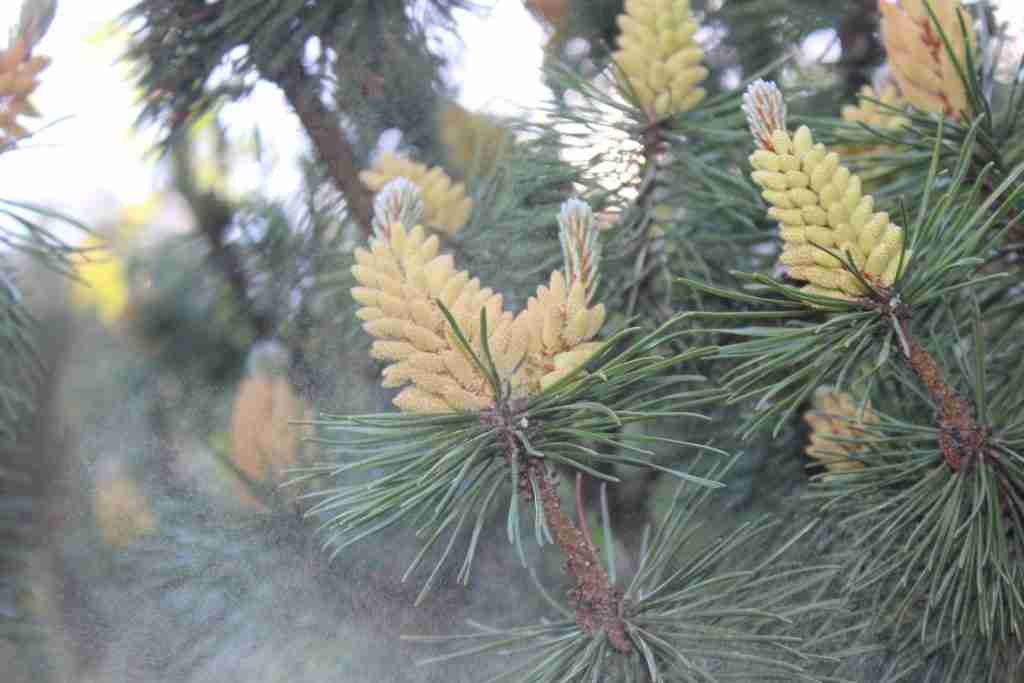
Pine trees have unique pollen grains, which can help botanists and researchers identify different species.
Each species has its own distinct pollen grain shape and size, making them a valuable tool for taxonomists and those studying plant biodiversity.
FAQs
A pinecone on a pine tree is the female reproductive structure that produces and disperses the tree’s seeds.
A conifer cone is a reproductive structure unique to coniferous trees, containing seeds and serving as a vital part of their life cycle.
Pine trees are special for their ancient lineage, ecological importance, and diverse adaptations to various climates.
A pine tree is named for its distinctive needle-like leaves and the presence of pine cones, which are its reproductive structures.
Pine trees are associated with evergreen foliage, pinecones, the holiday season, forests, wood products, and ecological importance.

